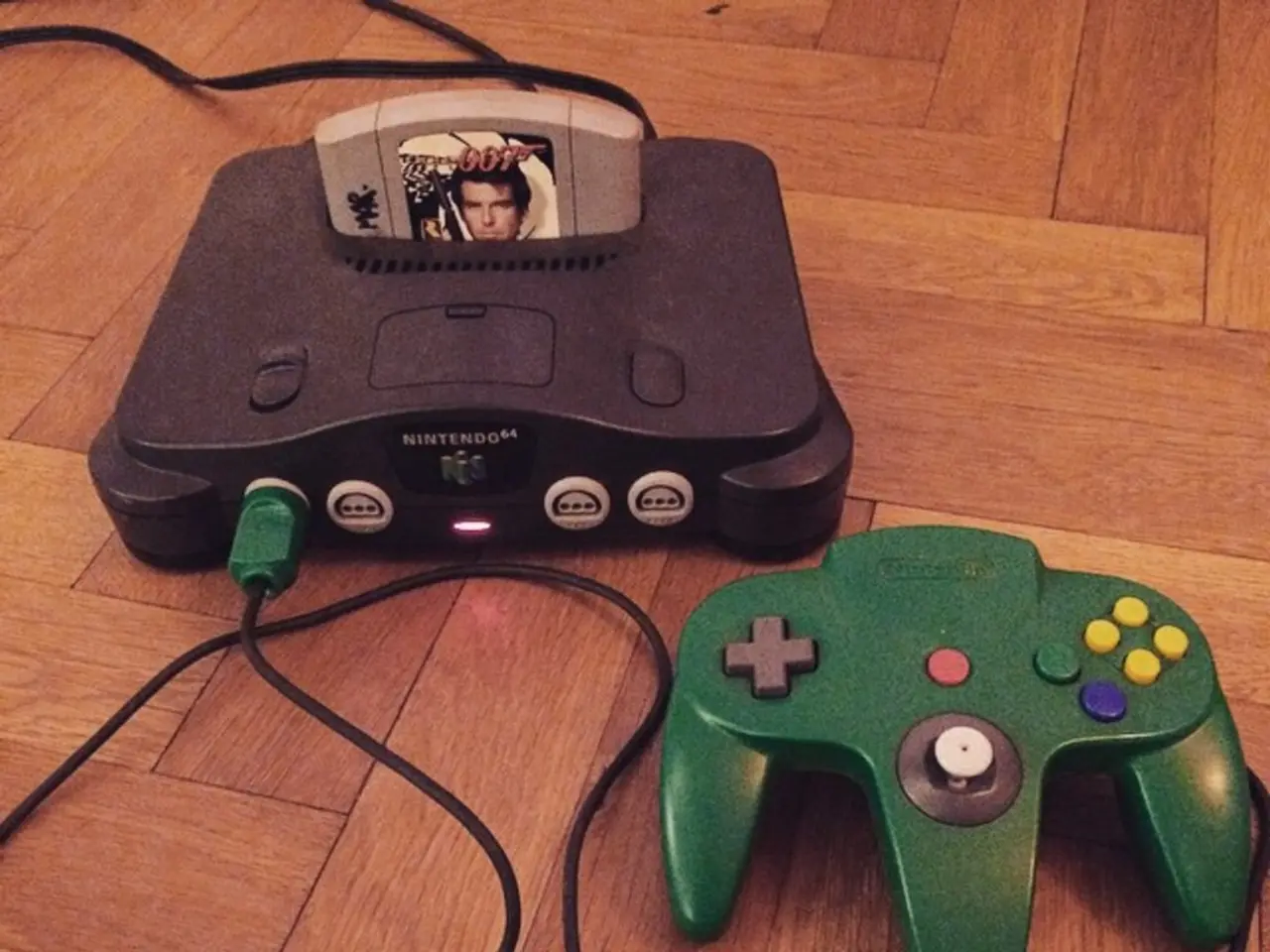Nintendo Switch 2 may not be affected by Donkey Kong Bananza's frame rate issues, suggesting its processing power could be robust.
In a recent statement, Director Kazuya Takahashi addressed the frame rate issues experienced in the action-packed game, Donkey Kong Bananza, on the Switch 2. Takahashi explained that the game's demanding destructive environment and intense animations contribute to the potential frame rate drops, particularly due to a "double buffer VSYNC" system.
According to Takahashi, during instances where a frame can't be rendered in 16 milliseconds, the framerate temporarily halves to 33 FPS until the frame time recovers. This dynamic is a trade-off for the engaging, graphically rich gameplay and the voxel-based destruction system.
Takahashi emphasized that these drops, although noticeable, are short-lived, mostly non-intrusive, and a considerable improvement over previous performance demos on Switch 2 hardware. The game's resolution scales dynamically, using AMD FSR1 and SMAA rather than DLSS, enabling high-quality visuals without constant frame drops.
While some players have reported experiencing motion sickness related to camera movement and frame drops, settings and patches may mitigate these issues. Takahashi suggests that the frame rate issues do not reflect a fundamental limitation of Switch 2 hardware but rather a design choice balancing visual fidelity and performance.
The team behind Donkey Kong Bananza intentionally chose to prioritize fun and playability over maintaining a consistent frame rate. This decision, coupled with the game's unique use of voxel technology, means that Donkey Kong Bananza's performance should not be used as a barometer for future games.
It's important to note that every console has a learning curve, and the longer a team has to learn how to best utilize the hardware, the more power it can squeeze out of it. As such, it would be premature to jump to conclusions about the Switch 2's performance based on one game's frame rate.
Furthermore, a comparison to Hyrule Warriors, which had performance issues due to populating the screen with hundreds of characters at once, would not be fair. Conversations about a game's performance are valuable, but they should be contained to each individual experience rather than being extrapolated to the console as a whole.
Finally, Nintendo is pulling out all the stops with Donkey Kong Bananza, showcasing a level of game development not seen in years. Despite its expertise with the hardware, Nintendo is still learning how to best take advantage of the Switch 2's capabilities. This learning process, coupled with the game's unique features, makes Donkey Kong Bananza an exciting title, and its speedruns are expected to be particularly thrilling.
In conclusion, while frame rate issues have been reported in Donkey Kong Bananza, they are a result of a design choice rather than a fundamental limitation of the Switch 2's hardware. The game's performance should not be used as an indicator of the Switch 2's age or potential performance issues. Instead, it's a testament to the console's capabilities and the team's commitment to delivering an engaging and visually stunning gaming experience.
Read also:
- Kobo e-readers are no longer receiving support from Pocket moving forward
- 17 Tech Gadgets and Add-Ons Permanently Taking Up Space in My Mental Realm
- 2022 Feature on our site: Leading U.S. Computer and Electronic Equipment Manufacturers (Presented in a Slideshow)
- Top-tier Gaming PC Configuration Available for ₹90,000 in August 2025






